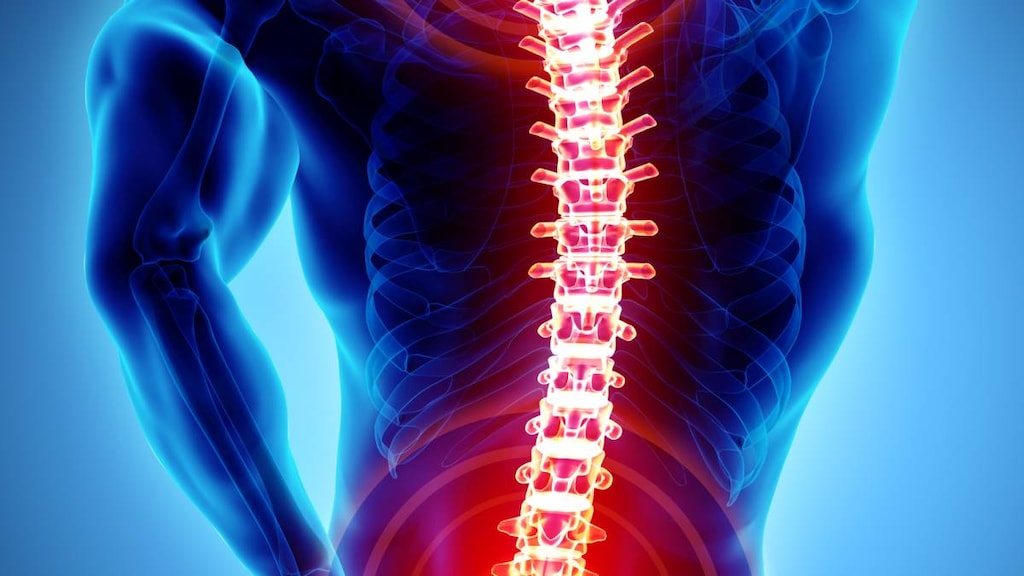
What is a bone fracture?
A bone fracture is another name for a broken bone. Bone fractures caused by disease or a medical condition are called pathological fractures.
A compound or open fracture is one where damage occurs to the overlying skin. A closed fracture is one that does not damage the surrounding tissue or tear through the skin.
Fractures can occur in any part of the body.
What causes a bone fracture?
Most human bones are reasonably strong and can generally stand up to reasonably strong forces or impacts. Fractures occur when the physical force exerted on the bone is stronger than the bone itself. Therefore, a bone will break if the force is excessive. Sometimes bones break under light-to-moderate force if the bone is unusually weak or brittle.
Circumstances that may result in a bone fracture include:
- A bad fall
- A car accident
- Being hit or punched
- Osteoporosis
- Physically active children
- Some cancers
- Osteogenesis imperfecta (brittle bone disease)
What are the symptoms of a fracture?
The symptoms of a fracture can vary with age because children’s bones are a lot more elastic than adults. Children also have growth plates on the end of each bone which can also get damaged.
Symptoms generally include:
- Pain
- Bruising
- Discolored skin around the affected area
- Swelling
- Bleeding if it is a compound fracture
- A grating sound in the affected bone or joint
- Unusual bending of the affected area
- Difficulty weight bearing or moving the affected area
- Dizziness
- The person looks pale and clammy
- Nausea and vomiting
There are several different types of fracture, for example:
- Avulsion fracture: Caused by a muscle or ligament pulling on the bone, fracturing it
- Comminuted fracture: The bone shatters into many pieces
- Compression or crush fractures: Most commonly occur in the spongy bone of the spine. Part of the bone may collapse (for example, a vertebra in people with osteoporosis)
- Fracture dislocation: One of the bones in a joint has a fracture and the joint is dislocated
- Greenstick fracture: Common in children whose bones are softer. The bone partially fractures on one side but does not break completely because the rest of the bone can bend
- Hairline fracture: A partial fracture of the bone. May be hard to detect on X-rays
- Impacted fracture: A fragment of bone gets embedded in another
- Intraarticular fracture: The break in the bone extends to the surface of a joint
- Longitudinal fracture: The break extends along the length of the bone
- Oblique fracture: The fracture is diagonal to a bone's long axis
- Pathological fracture: An underlying disease or condition has already weakened the bone
- Spiral fracture: One part of the bone is twisted
- Stress fracture: The bone breaks because of repeated stress or strain. Common among athletes
- Torus or buckle fracture: Common in children. The bone deforms but does not crack
- Transverse fracture: The break occurs horizontally across the bone
How is a bone fracture diagnosed?
See a doctor if you suspect you have a fracture.
Your doctor will ask you about your symptoms, how it occurred, and will usually order an x-ray or another imaging test to confirm the diagnosis.
How is a bone fracture treated?
It is best not to move a person with a fracture until medical help has arrived. However, sometimes it may be necessary to do so, for example, if the person is in a remote or dangerous place, and a splint should be applied before any movement is attempted.
Treatment revolves around ensuring the bone has optimum conditions to heal itself. Compound fractures are usually more serious than open fractures because they become infected.
Treatment may include:
- Pain relief
- Correcting any nutritional deficiency or delaying the progression of pre-existing bone disease
- Immobilization of the bone for 2 to 8 weeks depending on the type of break using plaster casts, plastic functional braces, metal plates, screws, or other fixators
- Surgery
- Physical therapy after the bone has healed
- Ultrasound therapy

